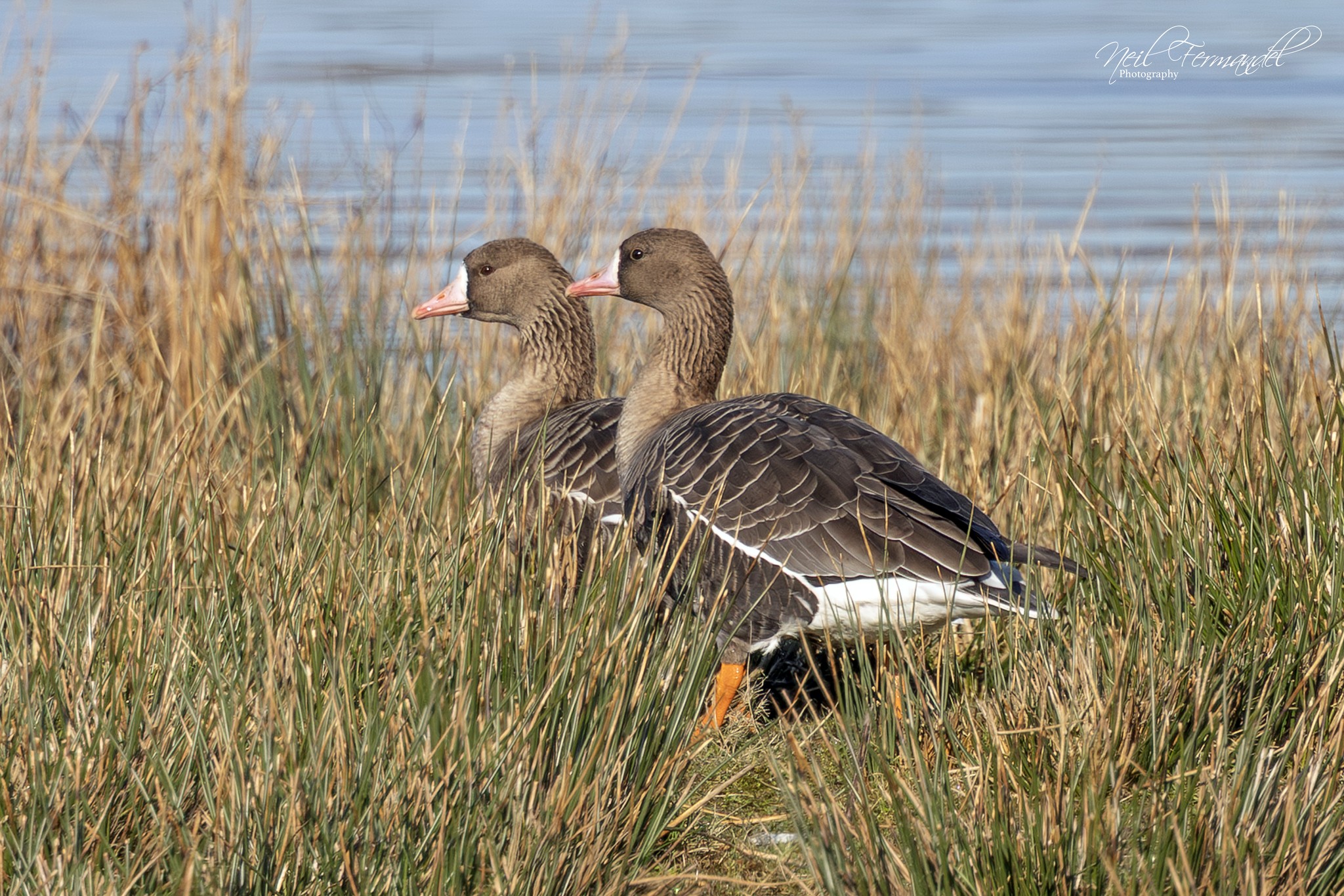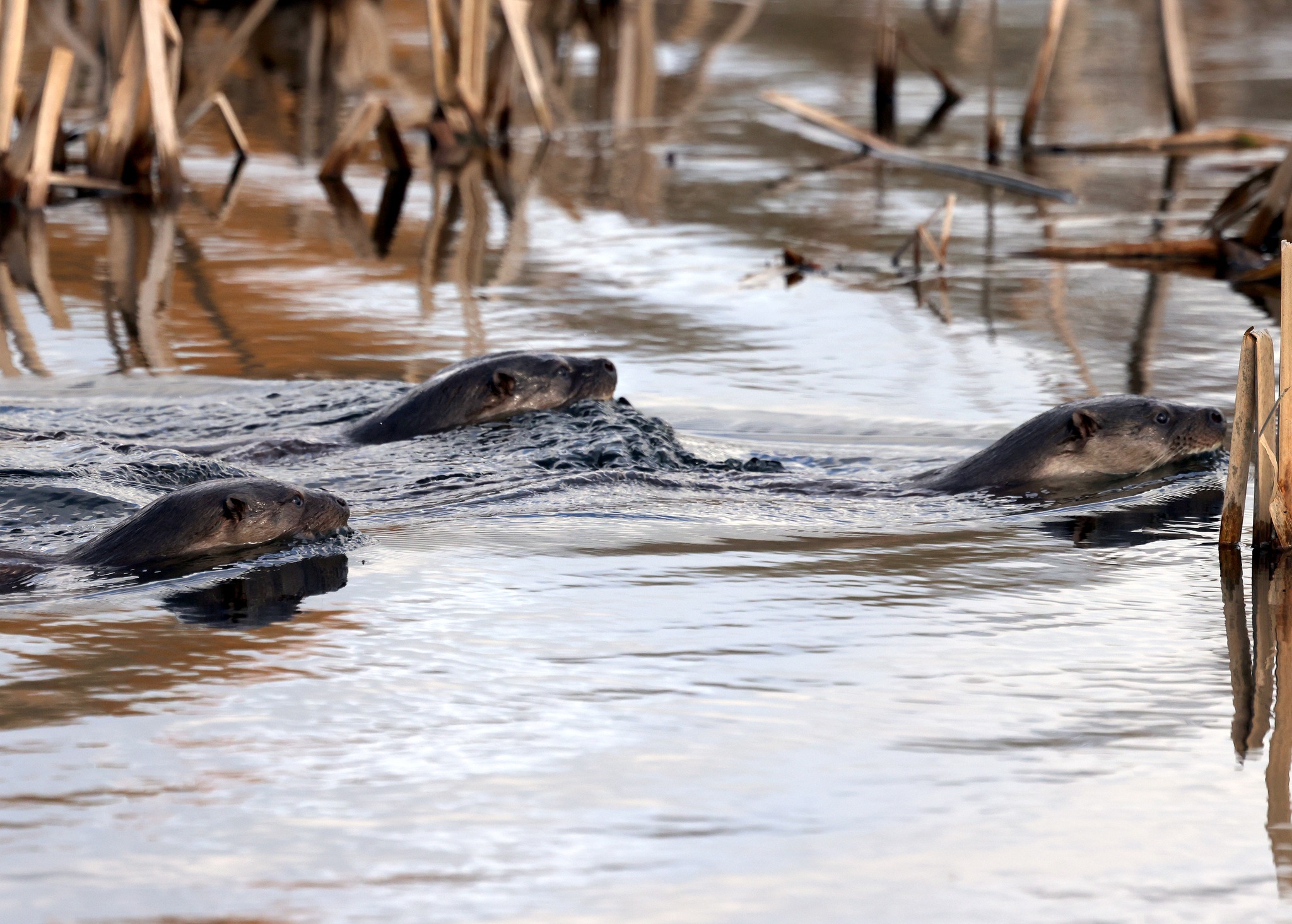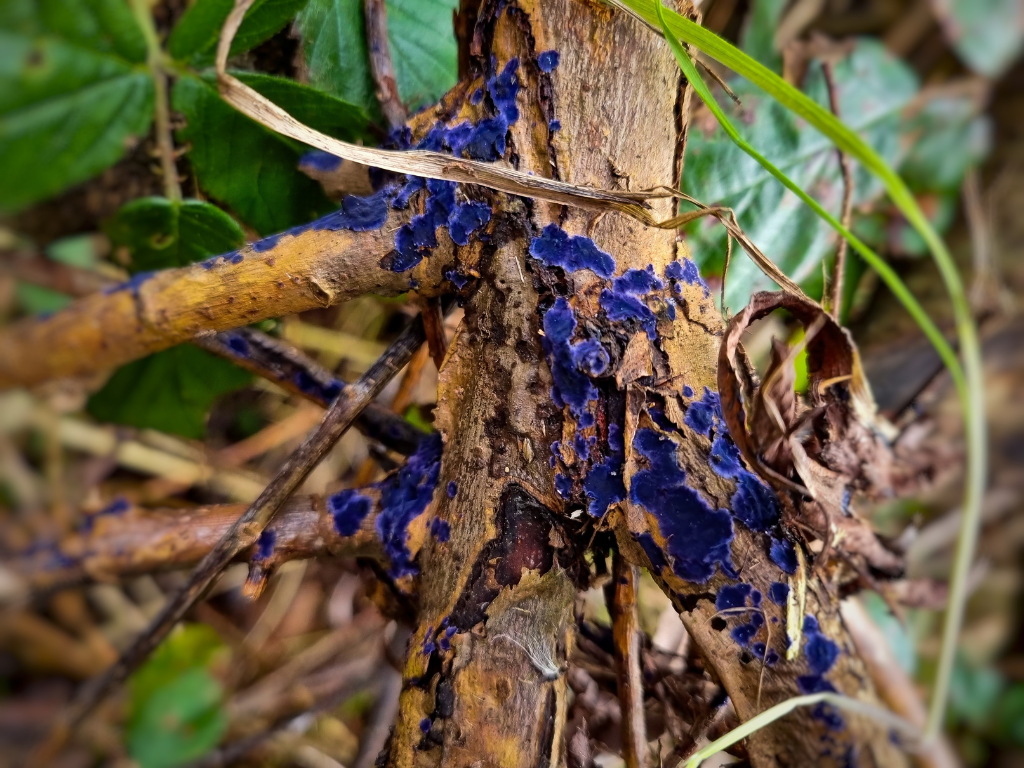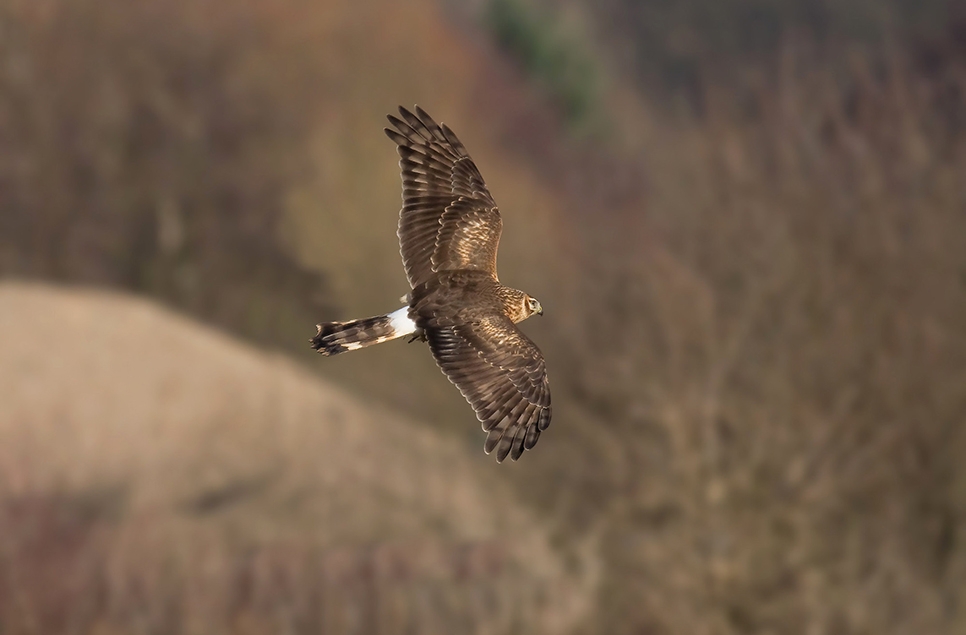Recent Wildlife Sightings 24th February - 1st March
Highlights: Willow Tit, Jack Snipe, Raven, Great Crested Grebe
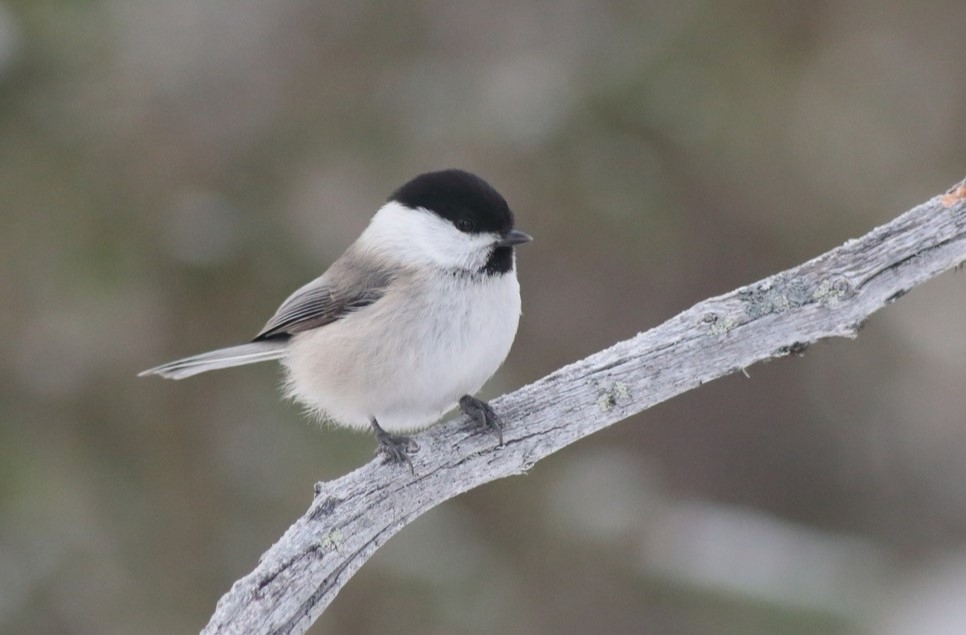
As February drew to a close, there wasn't much of a change in the weather to indicate that spring is on its way. Instead, we were treated to some aggressive hail on Friday morning, and high winds on Thursday led to a sizeable fallen tree and some path closures around the grounds.
Highlights: Willow Tit, Jack Snipe, Raven, Great Crested Grebe
Last Friday, one lucky visitor managed to snap some great photos of the very elusive Jack Snipe near Welsh Water Hide, which you can find here. These shy birds like to sneak around reedbeds in search of invertebrates, hidden from others by their streaked brown camouflage that looks remarkably reed-like, making them rather difficult to spot.
The reserve team caught sight of a Willow Tit in Black Poplar Wood earlier this week. It was particularly pleasing for this sighting to occur in an area that has been managed specifically for this species. Due to its Red status on the UK Birds of Conservation Concern list, the reserve team have created more suitable habitats for the Willow Tit in the hope of helping to reverse its population decline. From the side, the more common Coal Tit looks a bit similar to a Willow Tit, but a white stripe along the crown of the head is an easy to spot feature that indicates it's a Coal Tit you're looking at.
On Wednesday, a pair of Raven were seen circling the grounds and Freshwater Lagoon, their distinctive 'Kronk' call distinguishing them from the more familiar members of the corvid family. While not resident on the reserve, Ravens are sometimes spotted here flying to or from the cliffs of Gower, where they are known to breed and make their nests on ledges far from any mammal predators.
On Deep Water Lake, a Great Crested Grebe has taken a liking to the fish on offer there, having been spotted each day since the weekend. As the most abundant species of Grebe in this country, they are a typical sight out on the estuary, but are less common on our reserve. We hope that this bird will find a partner to breed with so we can witness their renowned courtship dance.
